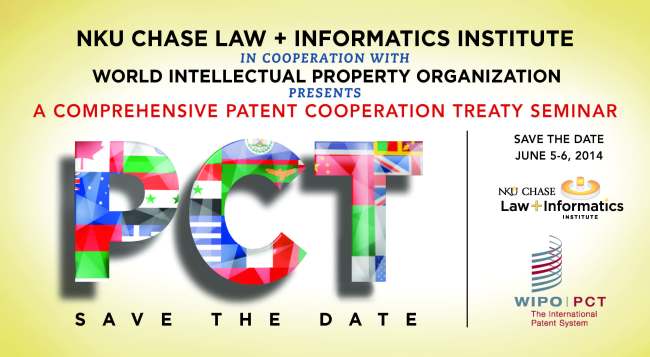2015 Law + Informatics Symposium on
Digital Evidence
Friday, February 27, 2015
The Northern Kentucky Law Review and NKU Chase Law + Informatics Institute hosted their annual spring symposium, the Law + Informatics Symposium on Digital Evidence, on Friday, February 27, 2015. The event was held in the Northern Kentucky University George and Ellen Rieveschl Digitorium and was co-sponsored by the Center for Excellence in Advocacy.
The all-day symposium provided an interdisciplinary exploration of digital evidence. Discussion topics included individual autonomy and government security, evidentiary, reliability, digital privacy concerns, drone-obtained evidence, and medical reimbursement fraud. Speakers from across the country participated in the conference and in a final roundtable discussion of various current issues and topics in digital evidence.
- Michael Losavio, University of Louisville, “A World Information Order – Privacy and Security in a Hyper-networked World of Data and Analysis”
- Erin Corken, Ricoh Legal, “The Changing Expectation of Privacy”
- Timothy Ravich, University of Central Florida, “All Arise! Courts in the Drone Age”
- Jennifer Brobst, Southern Illinois University School of Law, “The Digital Wild Frontier: The Impact of Public Records Requests for Whole Databases and Metadata in Public Health and Criminal Justice”
- Neil Issar and Edward Cheng, Vanderbilt Law School, “Admissibility of Statistical Proof Derived from Predictive Methods of Detecting Medical Reimbursement Fraud”
The symposium included a student scholarship showcase luncheon. Three law review editors, Kathleen Watson, Casey Taylor, and Lauren Martin, presented on the right to confront technology, warrantless cell phone searches, and computer source code copyright, respectively.
On Thursday, February 26, 2015, as a prelude to the academic symposium, NKU Chase hosted a special screening of The Decade of Discovery, a documentary film about a government attorney on a quest to find a better way to search White House e-mail, and a teacher who takes a stand for civil justice on the electronic frontier. After the viewing, the audience discussed the film with Joe Looby, filmmaker; Jason R. Baron, former government attorney featured in the film; Erin Corken, e-discovery adjunct professor and Ricoh Legal regional review manager; and Joseph Callow, partner and leader of the Keating Muething & Klekamp E-Discovery Litigation Support Group. The film screening was sponsored by Ricoh Legal and Keating Muething & Klekamp PLL.
The symposium was sponsored by Northern Kentucky Law Review, NKU Chase Law + Informatics Institute, Center for Excellence in Advocacy, Keating Muething & Klekamp PLL (film), and Ricoh Americas Corp. Legal (film).
A complete agenda with roster of speakers, biographies, and CLE materials is available here.
Watch the webinar without CLE credit.
About the Law and Informatics Institute: The Law + Informatics Institute at Chase College of Law provides a critical interdisciplinary approach to the study, research, scholarship, and practical application of informatics, focusing on the regulation and utilization of information – including its creation, acquisition, aggregation, security, manipulation and exploitation – in the fields of intellectual property law, privacy law, evidence (regulating government and the police), business law, and international law.
Through courses, symposia, publications and workshops, the Law + Informatics Institute encourages thoughtful public discourse on the regulation and use of information systems, business innovation, and the development of best business practices regarding the exploitation and effectiveness of the information and data systems in business, health care, media and entertainment, and the public sector.











